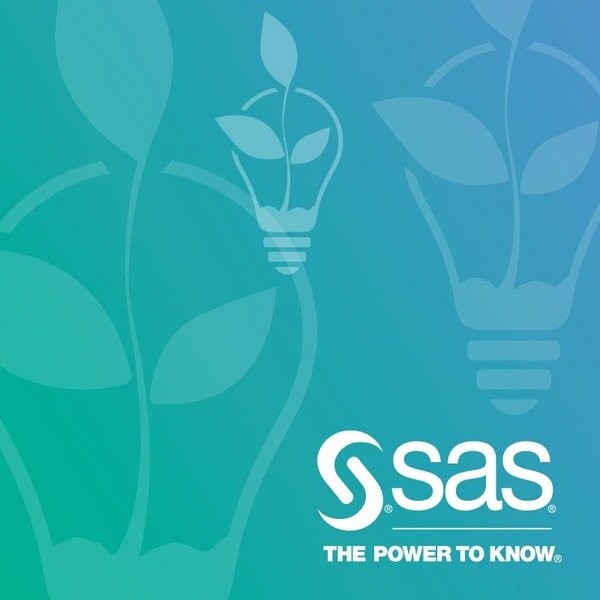Acerca de este curso
- Course Overview and Logistics
- In this module you
- Introduction to SAS Viya and CAS
- In this module you examine some basic concepts, beginning with an overview of SAS Viya and the two main servers available for processing data: the SA Compute Server and the SAS Cloud Analytics Services (or CAS) server. Then you learn about caslibs, the mechanism for accessing data within the CAS server. Lastly, you will explore the SAS Studio environment and connect to the CAS server.
- CAS Language (CASL) Fundamentals
- In this module you will learn the fundamentals of SAS's new scripting language called the CAS language, or CASL for short. You will learn about how CASL is very different from the traditional SAS programming language. Then you will learn dive into detail about its four main components: variable data types, statements, functions, and CAS actions.
- Connecting to CAS and Accessing Data
- In this module you will learn to connect to the CAS server and access it's data. You will begin by making a connection to CAS and exploring the connection options. Then you will begin to learn more about Caslibs by exploring their attributes, data source files and in-memory tables and creating a user defined Caslib. Lastly you will learn about managing in-memory tables by loading, saving, promoting and deleting tables.
- Exploring and Validating Data
- In this module you will learn about exploring and validating data using a variety of CAS actions and CASL techniques. You will begin by exploring a CAS table's structure by viewing the column attributes, previewing the table rows, working with the results of an action and more. Then you will learn about charactering data by finding the distinct and missing values in each column. Lastly, you learn about validating data by removing duplicate rows and creating a new CAS table that identifies bad data.
- Preparing Data
- In this module you will learn about Preparing Data in CAS. You will begin by executing some common data manipulation using CAS actions techniques such as updating a table in place, creating a new table with computed columns, performing conditional processing, filtering rows and columns, converting column types, working with dates, imputing missing values, restructuring data, and even executing DATA step code in CAS. Lastly you will learn about how to execute fedSQL statements in the CAS server.
- Analyzing and Summarizing Data
- In this module you will learn about Analyzing and Summarizing Data in CAS. You will begin by understanding the benefits and considerations of using the CAS server with the compute server for your data processing needs. Then you will execute a variety of actions to obtain summary statistics, frequency and crosstabulation reports. Lastly you will learn about how to process the results of the CAS server by using the SAS Output Delivery System (ODS) on the smaller summarized results to create data visualizations, or output to an external file types like PowerPoint, Word, Excel and PDF.
Cursos relacionados

GRATIS Aprendiendo a aprender: Poderosas herramientas mentales…
Deep teaching solutions
Español

GRATIS Programación para todos (Introducción a Python)
University of Michigan
Inglés

GRATIS The Science of Well-Being
Yale
Inglés

GRATIS Negociación exitosa: Estrategias y habilidades esenciales
University of Michigan
Inglés

GRATIS Primeros Auxilios Psicológicos (PAP)
Universitat Autónoma de Barcelona
Español



